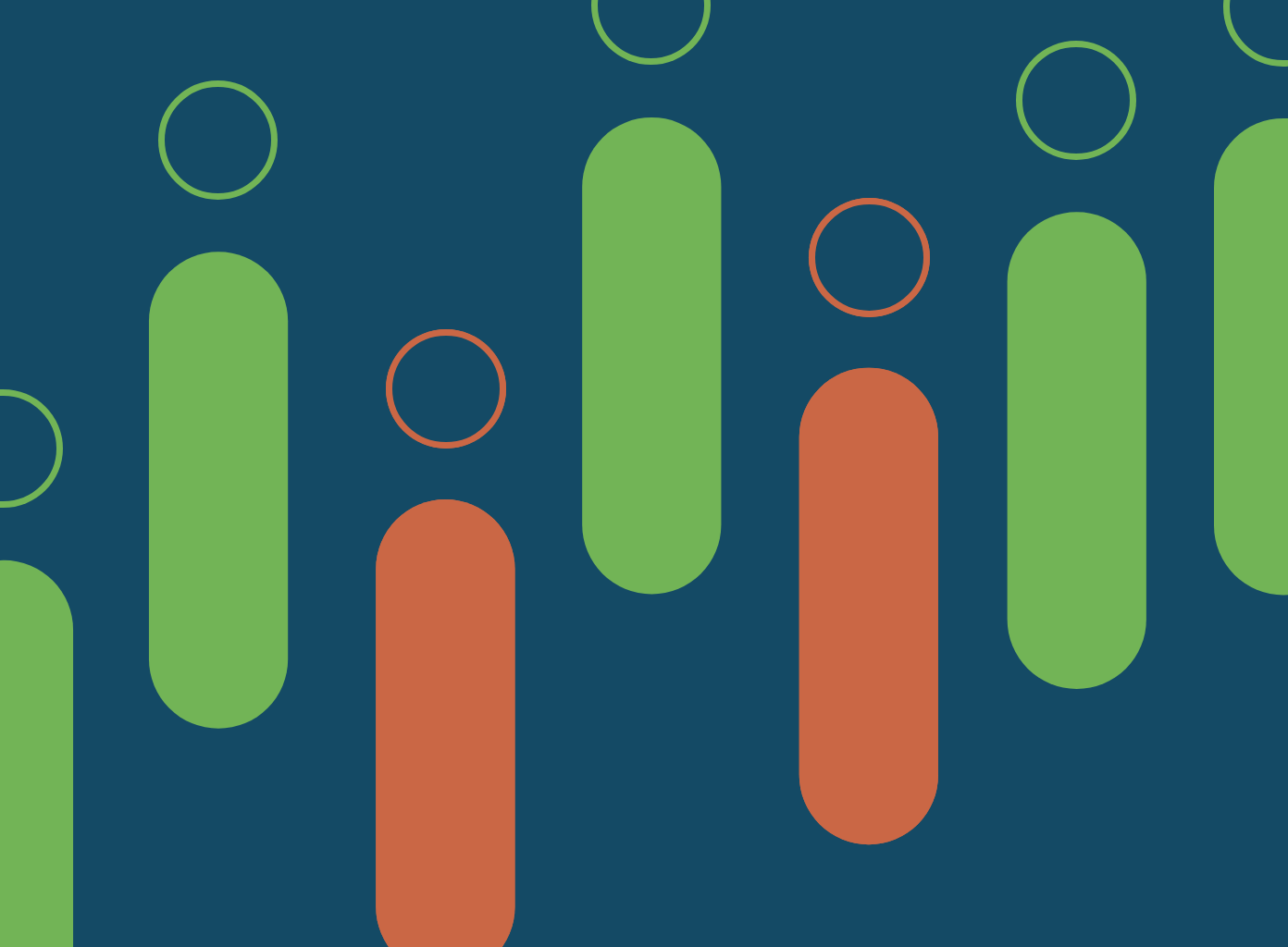June 25, 2020 - Philadelphia, PA - HealthVerity announced the biweekly update to its HealthVerity Patient Confidence Index, or HVPCI, and reported a national score of 76, an 18-point increase from the previous period. Indexed against a pre-pandemic score of 100, this level is considered “Critical” in terms of patient engagement with the US healthcare system.
The HVPCI represents a measure of physician visits undertaken by non-COVID-19 patients across 20 key therapeutic areas, highlighting a significant decline in visits since the pandemic took hold in the US at the beginning of March. The HVPCI is crucial as an expression of the confidence in patients to seek care for acute and chronic illnesses balanced with the risk of exposure to coronavirus in a public setting. As coronavirus cases peak and eventually subside, this indicator will ultimately serve as an overall measure of US patient engagement between patients and their physicians.
-1.png?width=600&name=COVID-19%2076%20(1)-1.png)
This week’s national score of 76, or Critical, signals the most significant increase in outpatient physician visits by Americans since the coronavirus pandemic took hold in March. The 31.4% increase in visits from the prior period is more than twice the rise in visits recorded in 2019 over the same period and the highest number of visits recorded since the HVPCI was introduced. This week’s index demonstrates the positive impact of phased re-opening in key markets as well as patient confidence in precautions recommended to stem the spread of COVID-19 in public settings. More importantly, every physician specialty in the index, as measured by weekly medical claims, demonstrated growth as physician practices continued to reopen to patients and hospitals further expanded their non-COVID-19 services, including elective surgeries. The Critical rating, however, continues to highlight the gap versus pre-pandemic levels.
All 20 specialties reported higher visits than the prior HVPCI, with the following specialties recording the gains of more than 20 points: ophthalmology (current score of 87, biweekly change of +25) dermatology (80, +24), gastroenterology (83, +22), rheumatology (84, +21) and surgery (78, +20). Specialties such as cardiology (75, +15) and oncology (87, +19) also experienced their highest levels in over two months. Pediatrics (73, +19) again highlights concern regarding the potential impact of the sustained dip in pediatric immunizations rates. Infectious disease (93, +7) remains the highest performing specialty, primarily due to the pandemic, while behavioral health (65, +18), excluding psychiatry, was the lowest-performing specialty.
“The strong rebound in this week’s HVPCI reflects the pent-up demand for medical services following months of quarantine,” said Andrew Goldberg, chief operating officer at HealthVerity. “The next few weeks will be significant in determining whether the momentum to follow through on deferred visits can withstand the challenge of a new spike in COVID-19 cases.”

An interesting development this week was the continued shift in telehealth as compared to office visits. Telehealth experienced an 8.6% increase over the prior period, but accounted for only 12.7% of all physician visits in the data supporting the index, the second straight period of declining share. The ratio, however, is still up significantly from less than 1% prior to the pandemic. Overall, every specialty recorded increased in this period, but the combination of behavioral health and psychiatry registered the highest number of telehealth visits this year. Many health plans and hospital systems continue to encourage telehealth visits by waiving co-pays and creating on-demand scheduling.
Learn more about HealthVerity’s efforts to educate and inform on COVID-19 by getting in touch with us using the button below.





